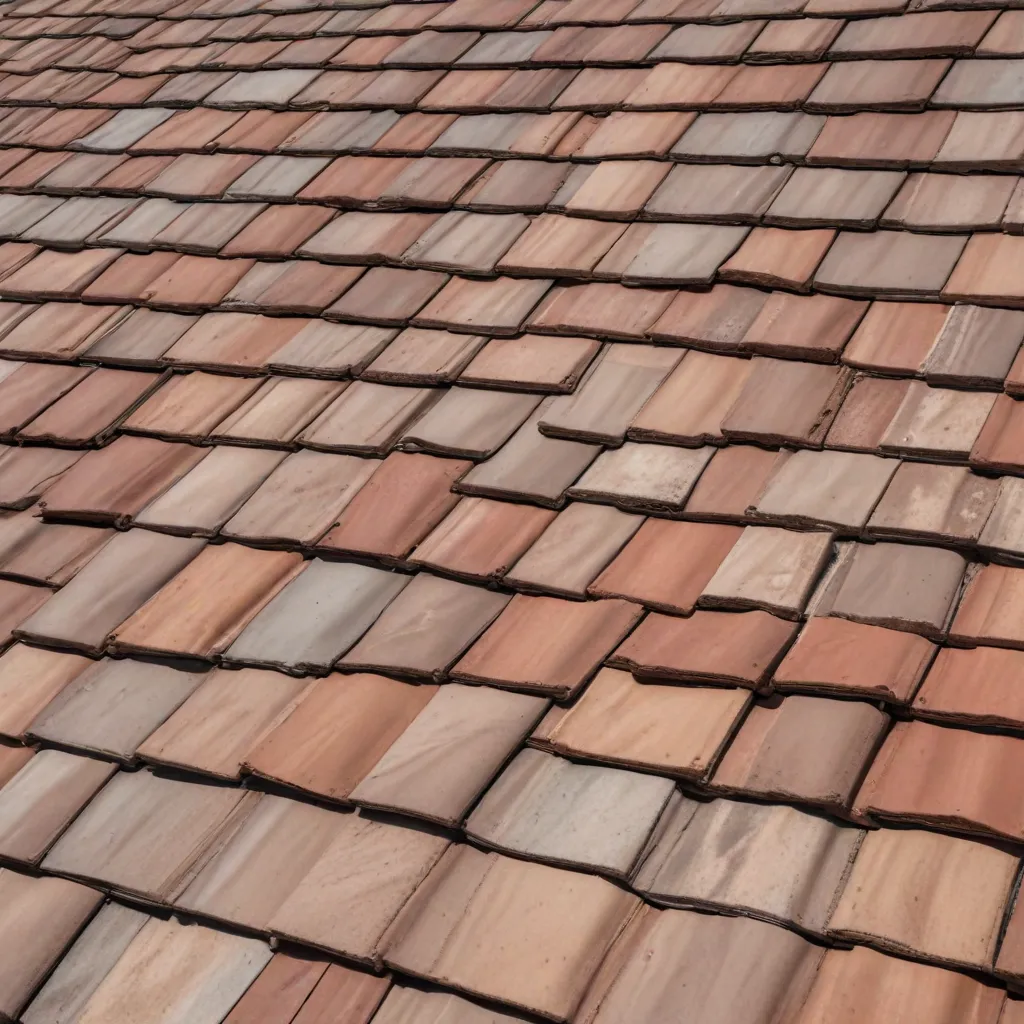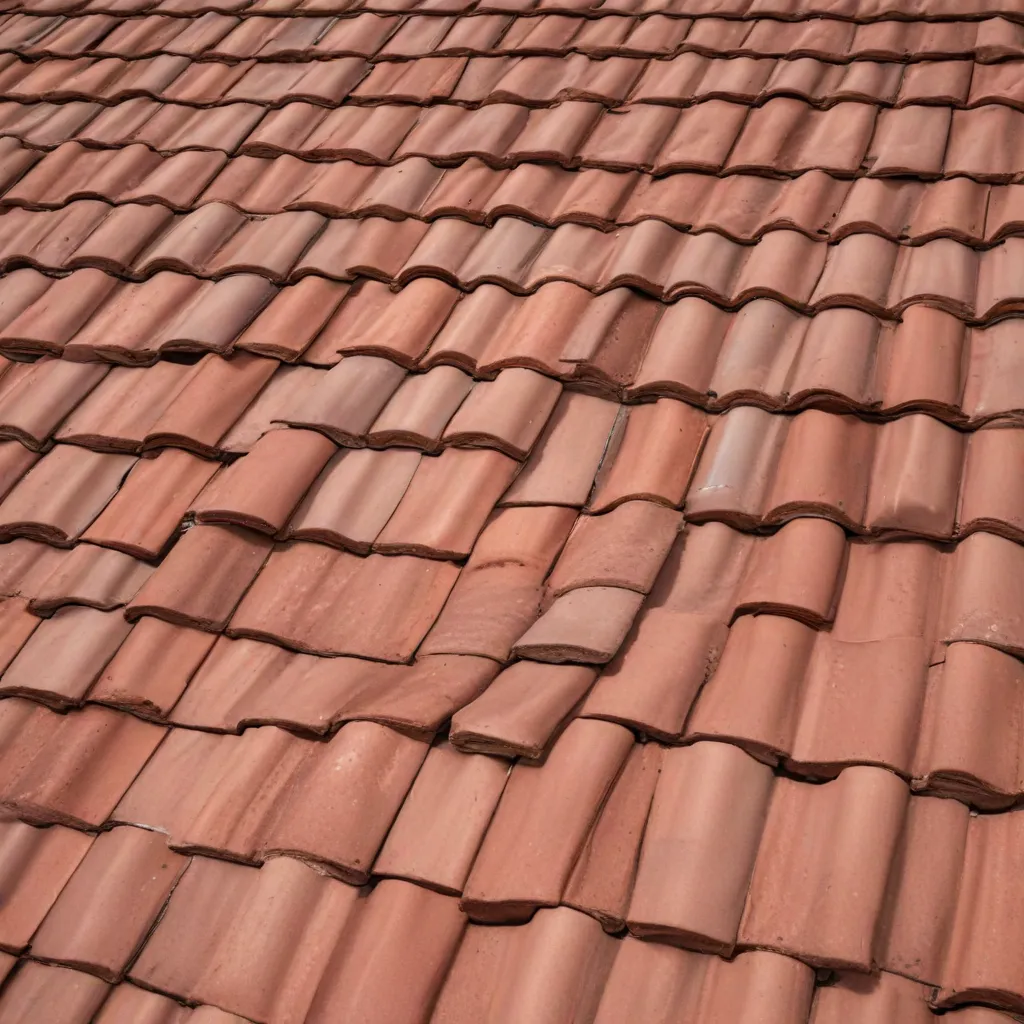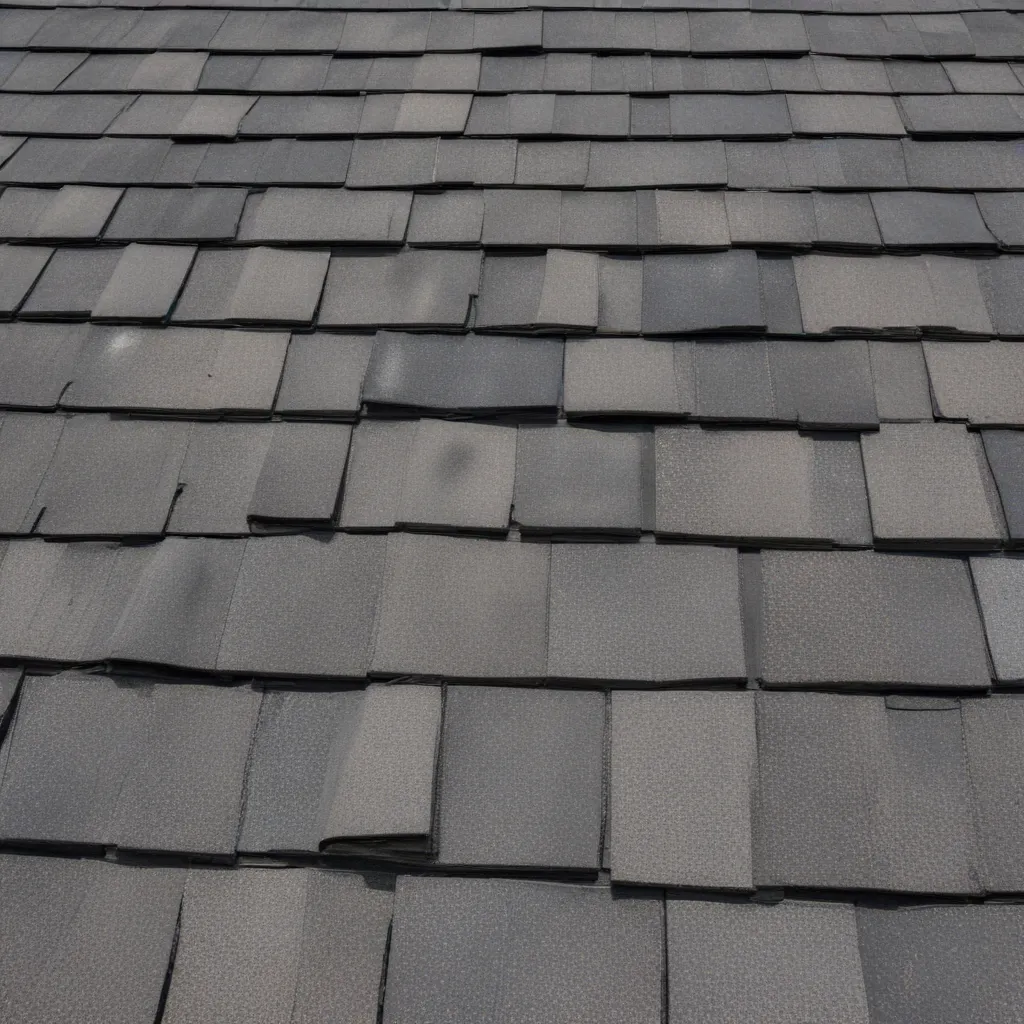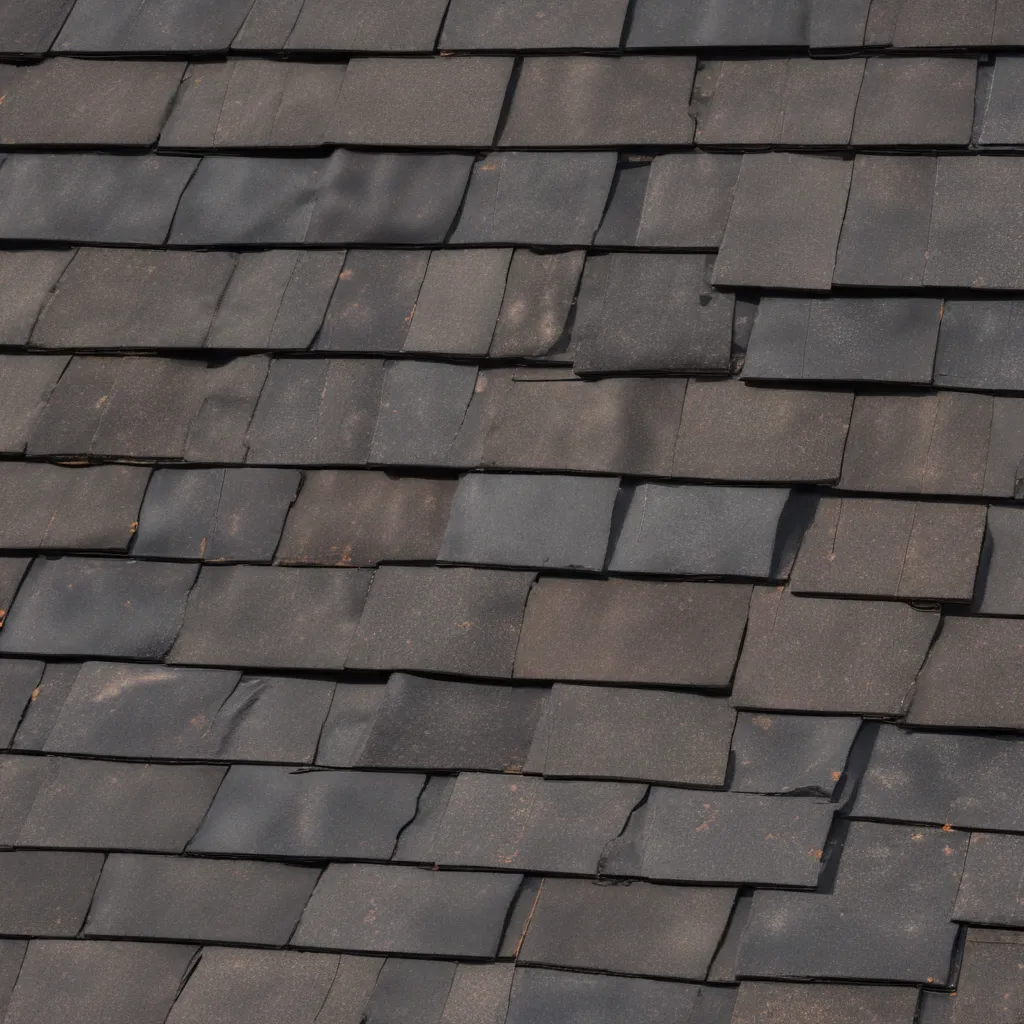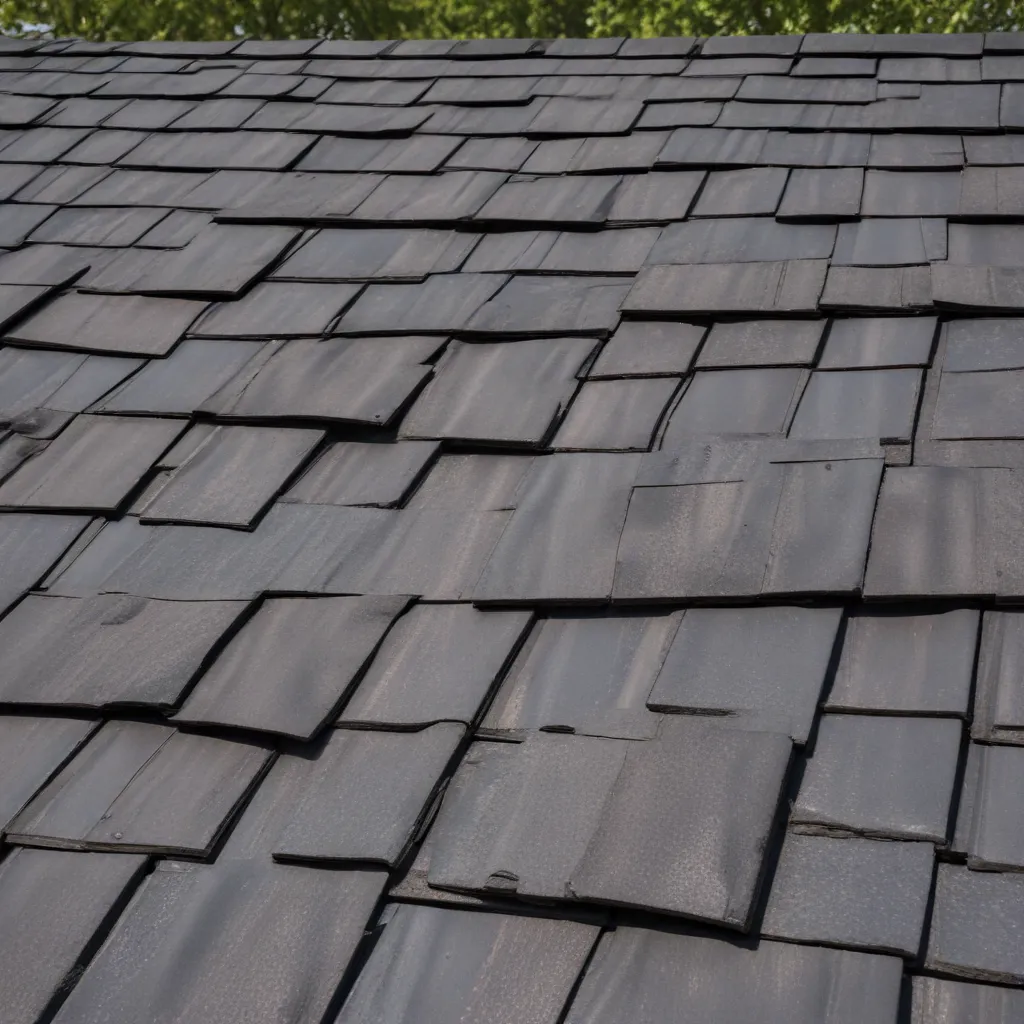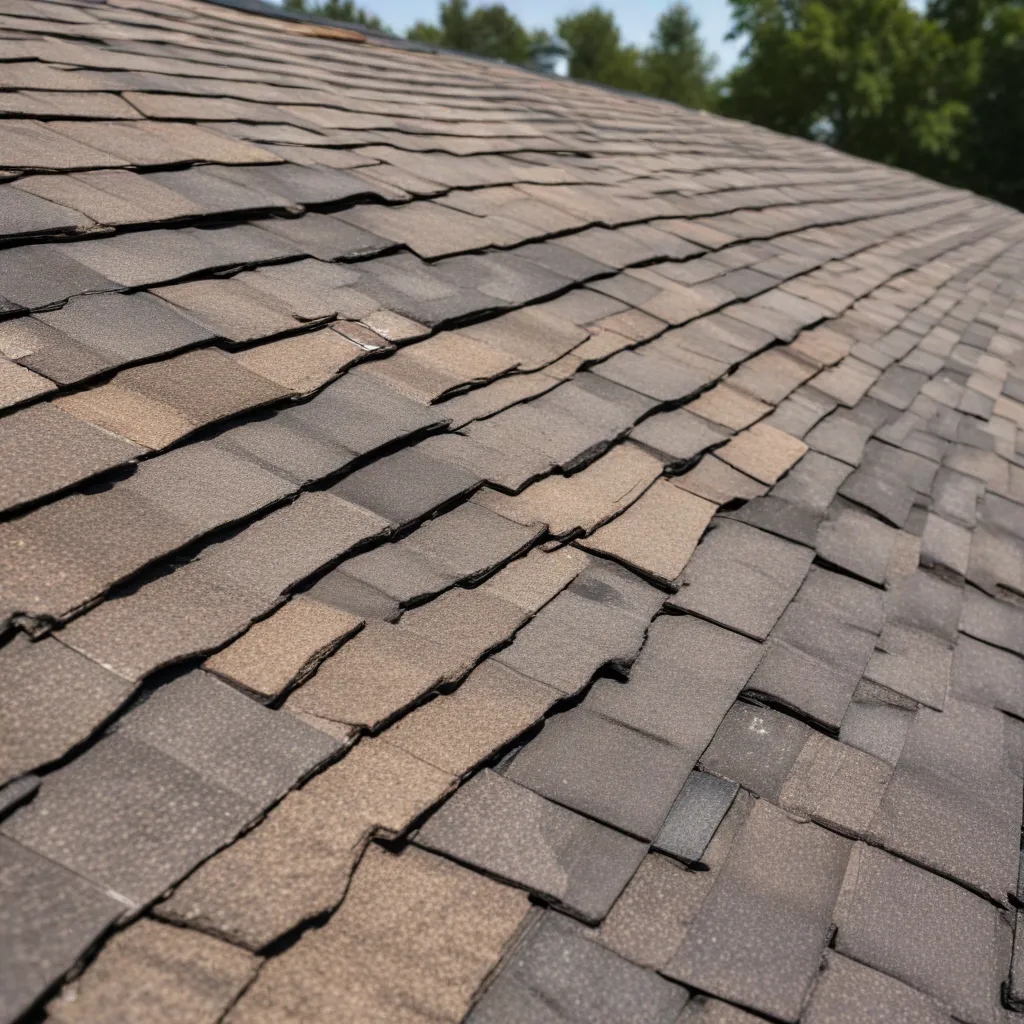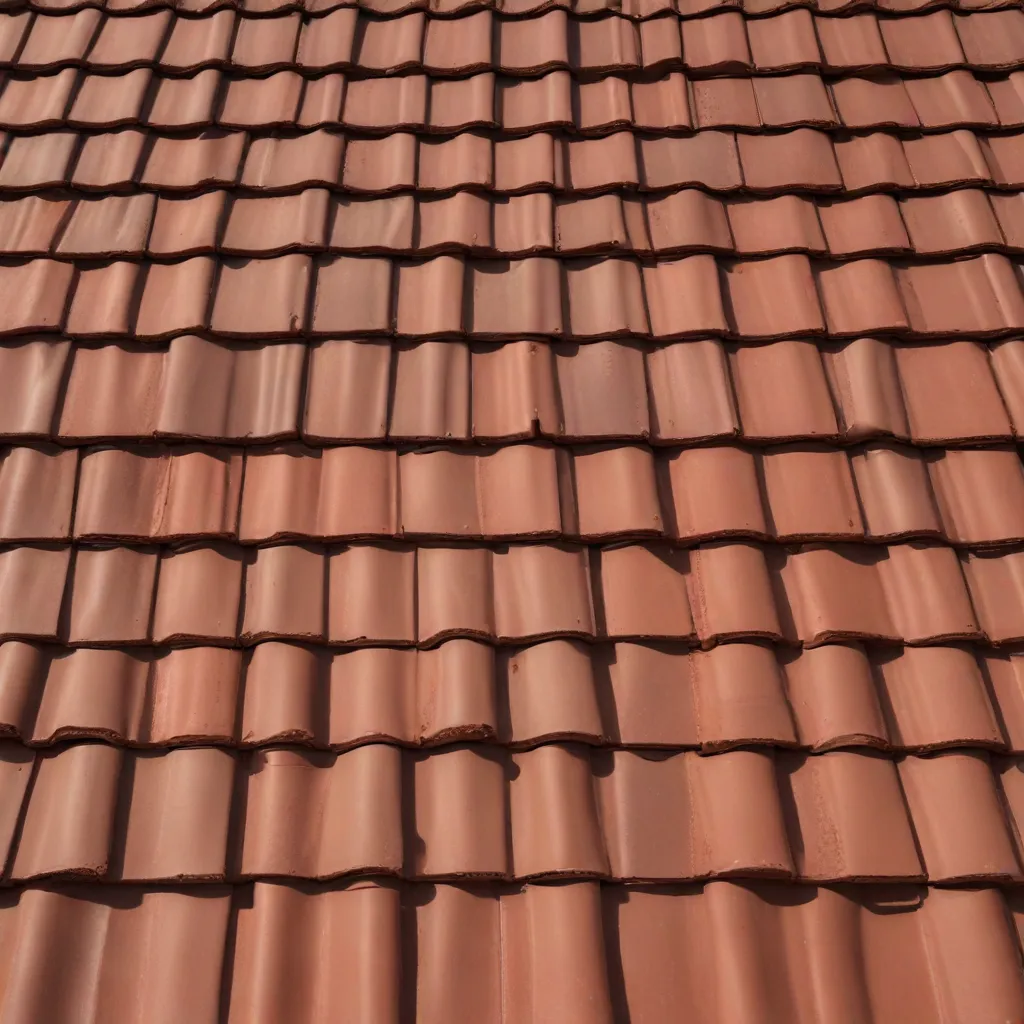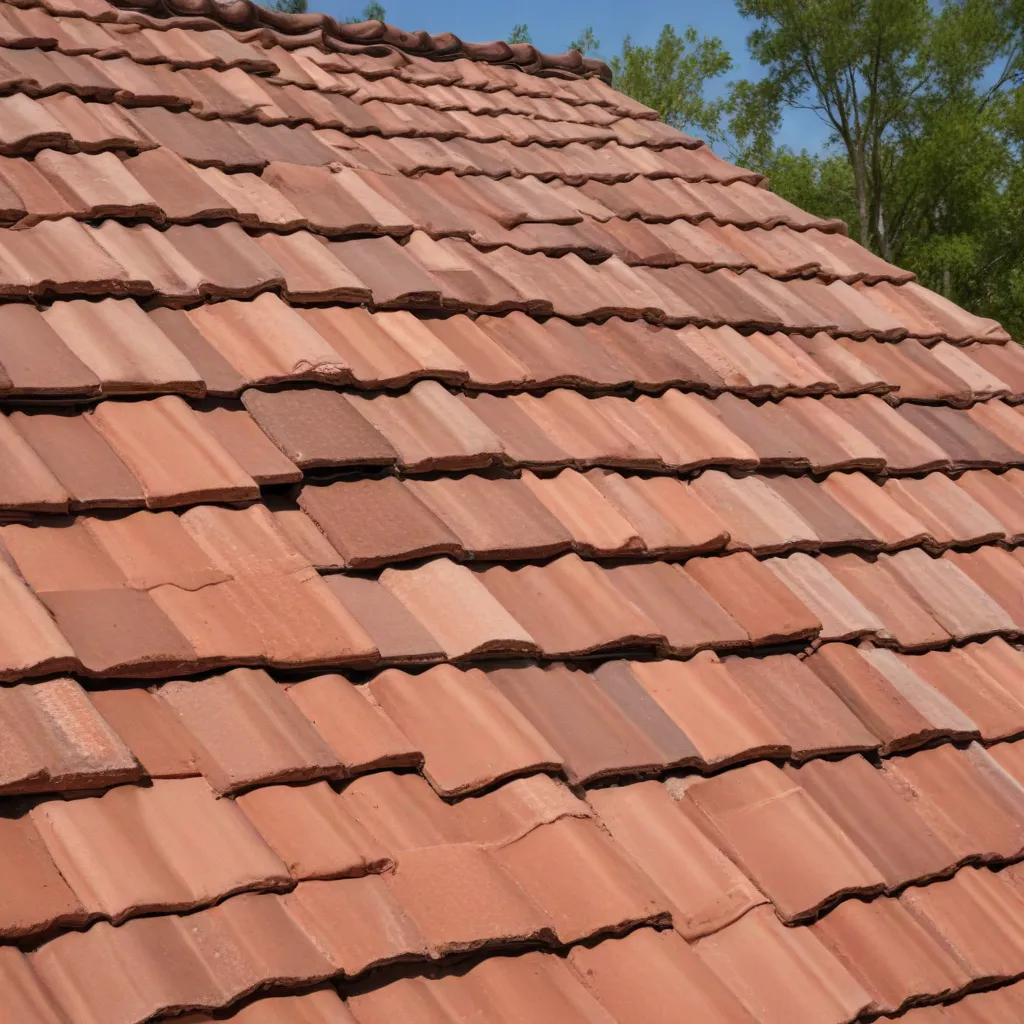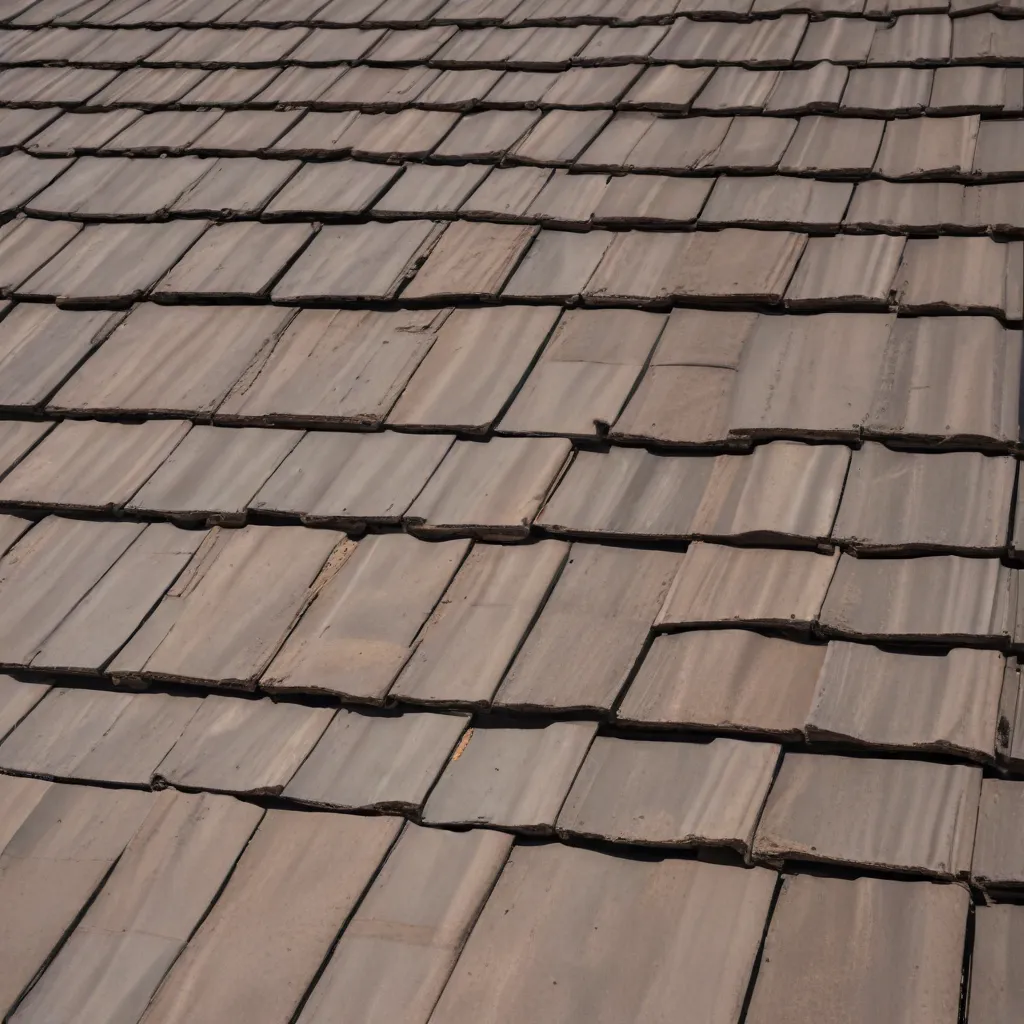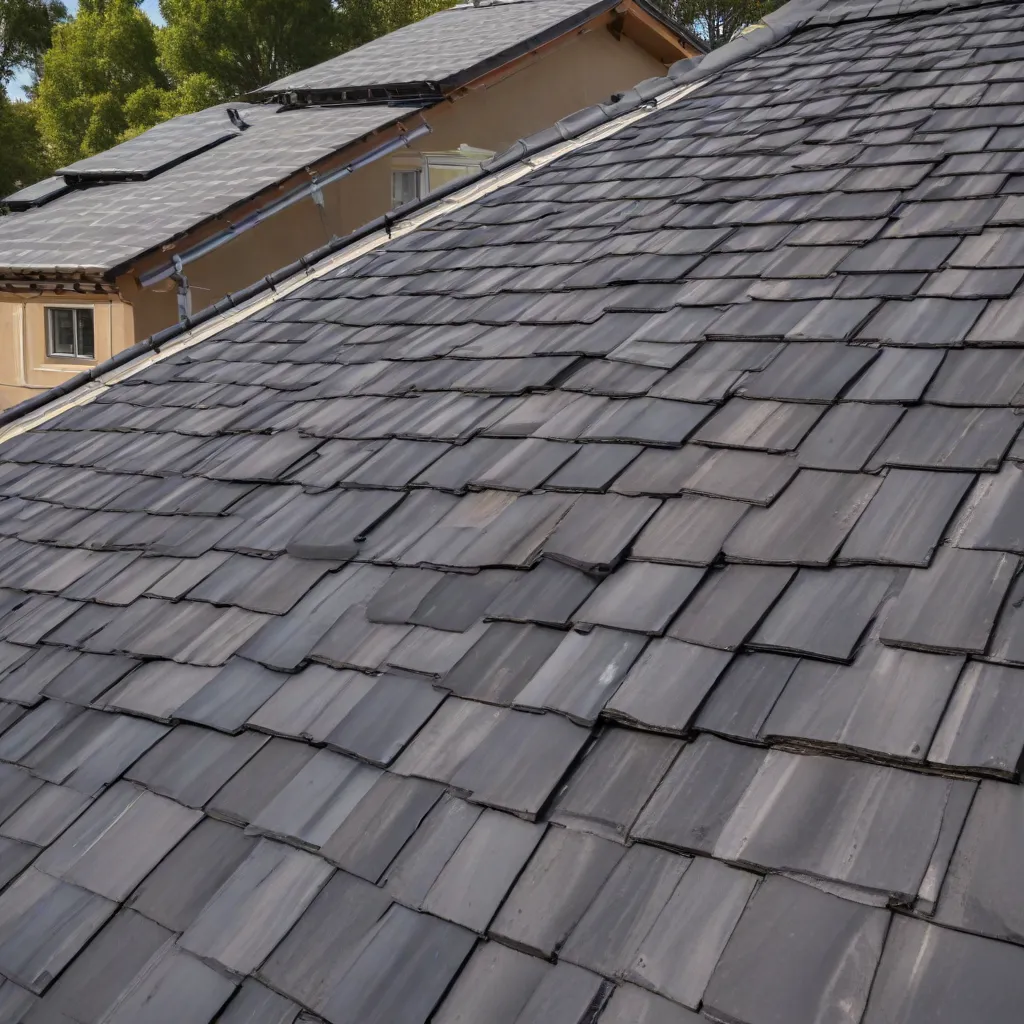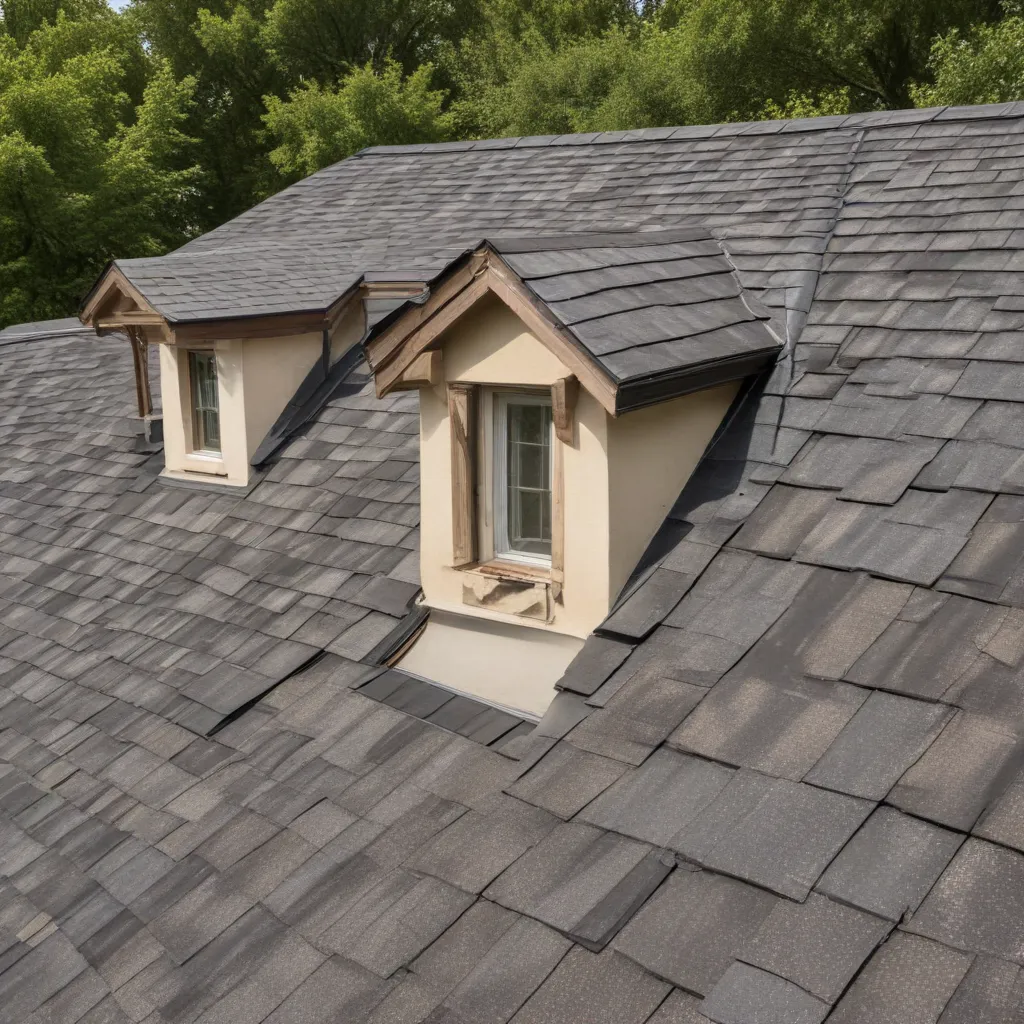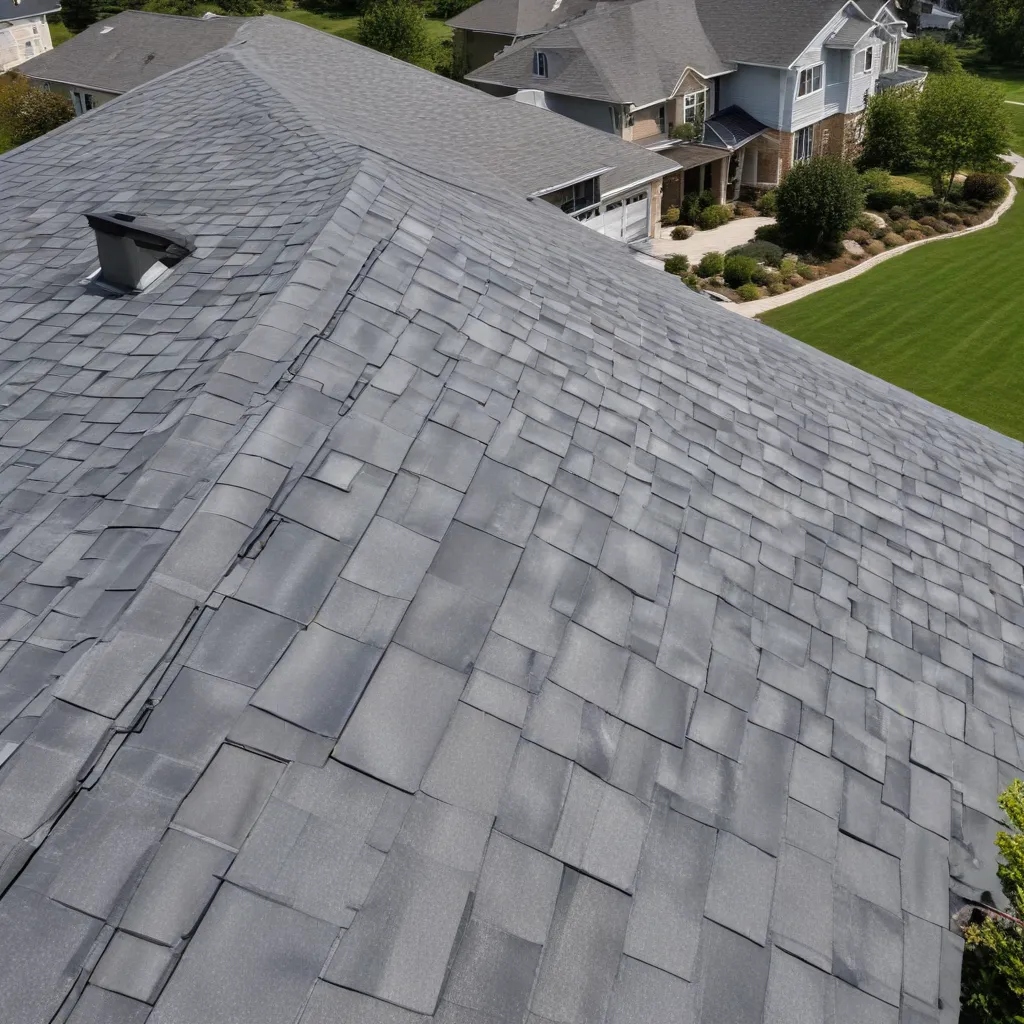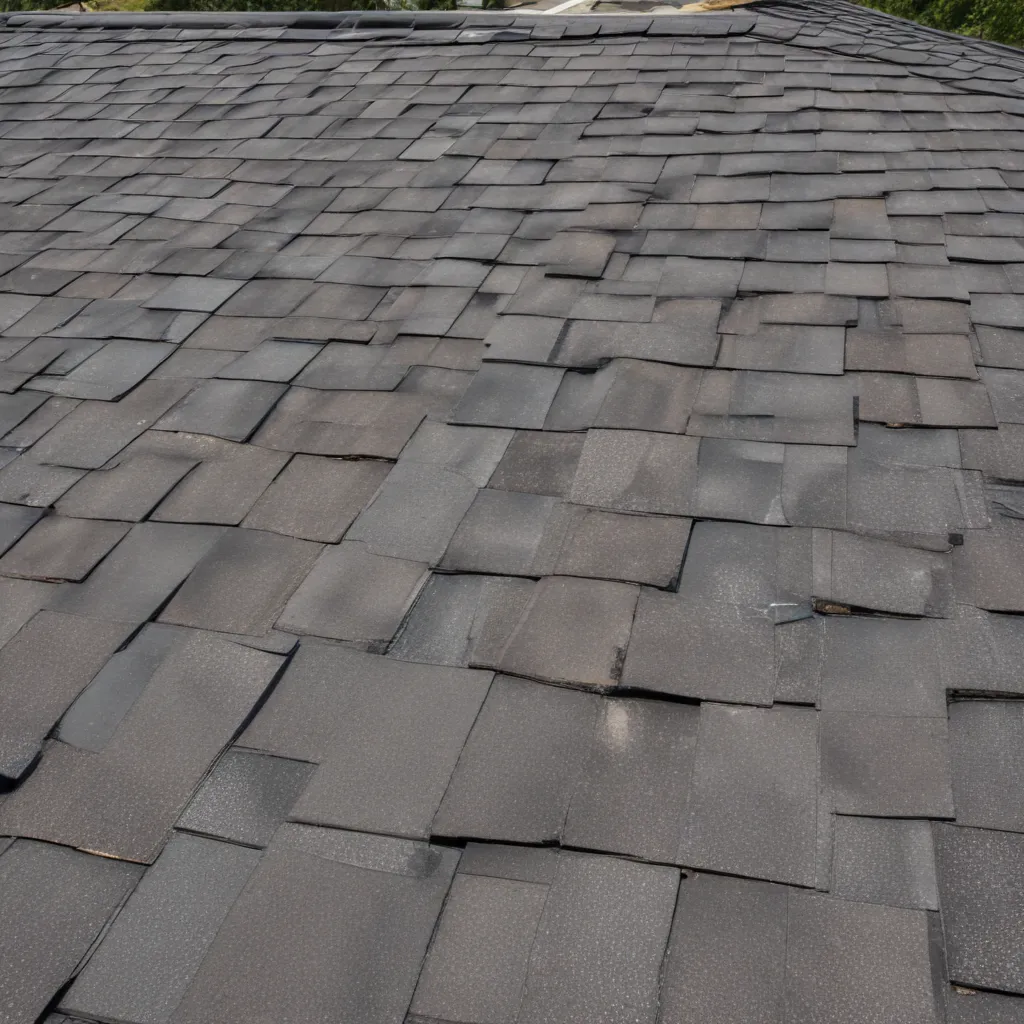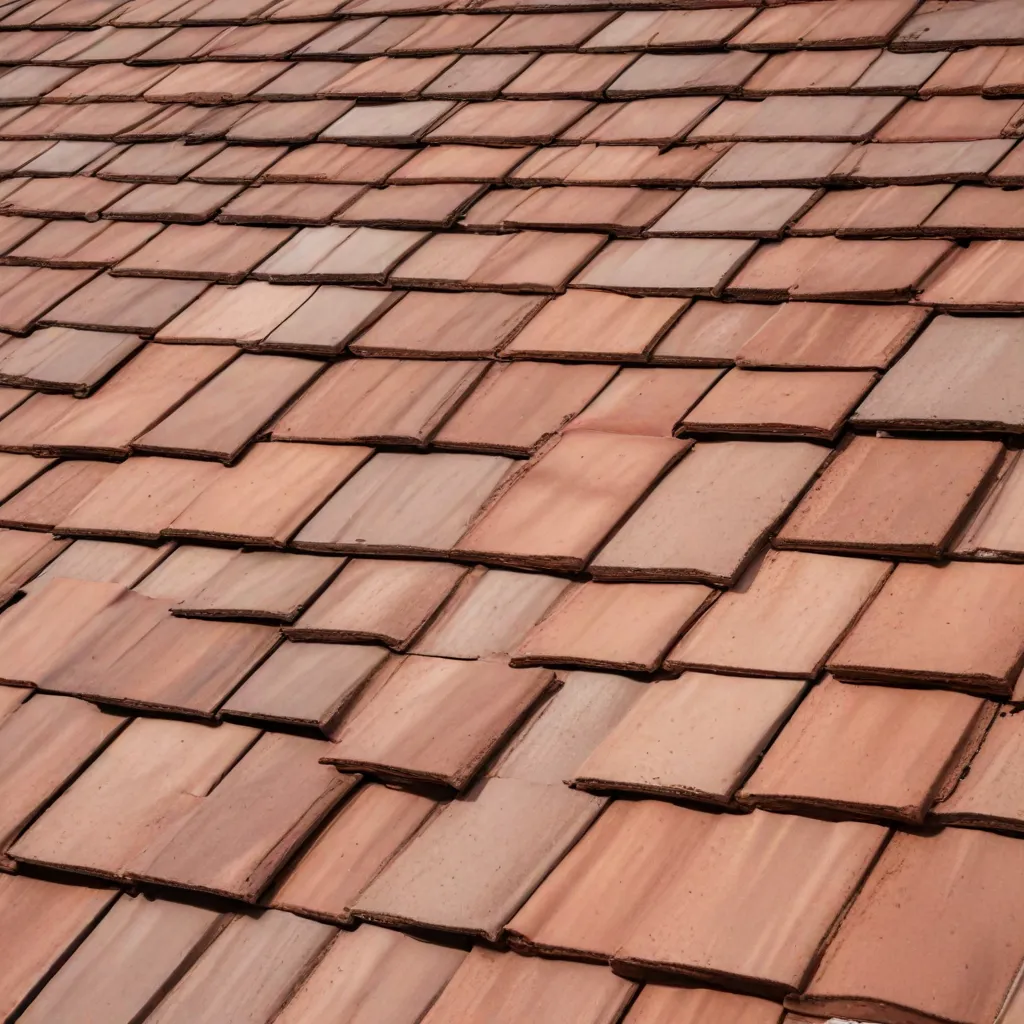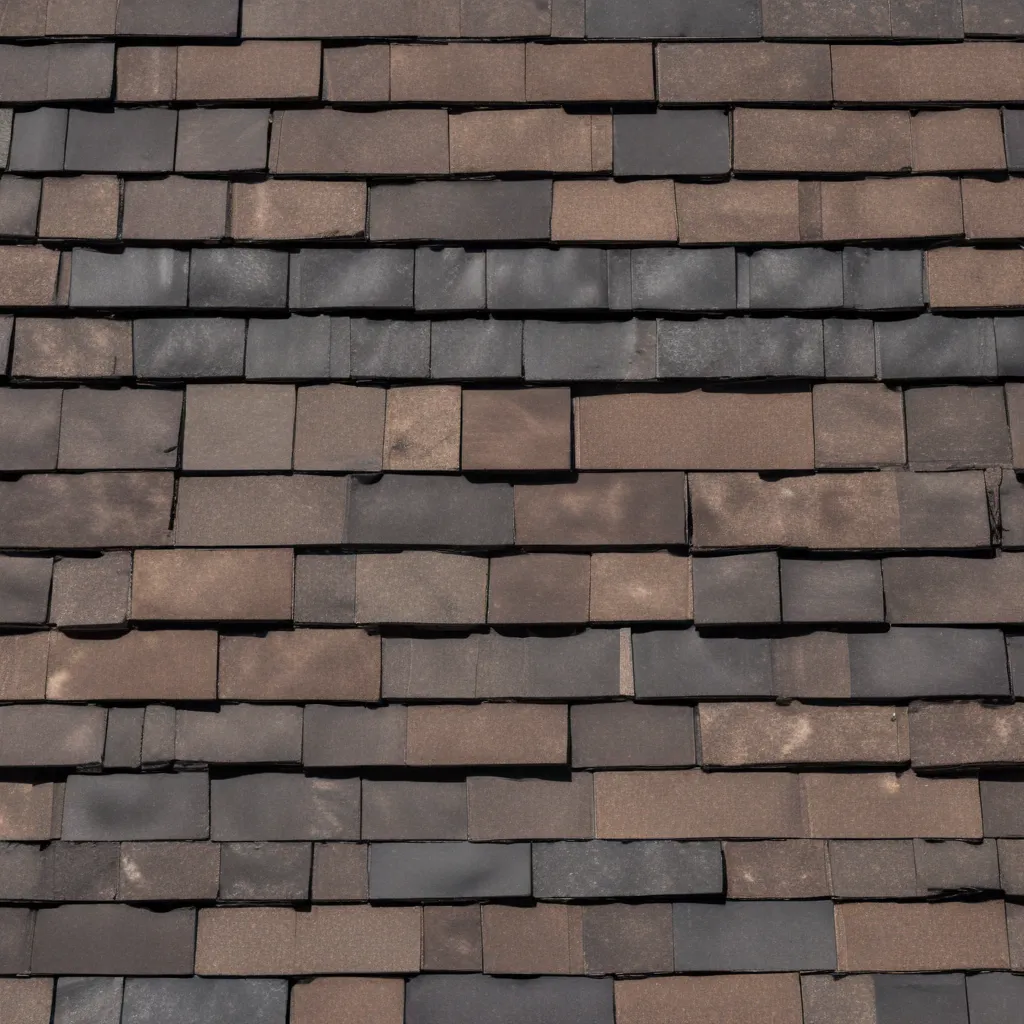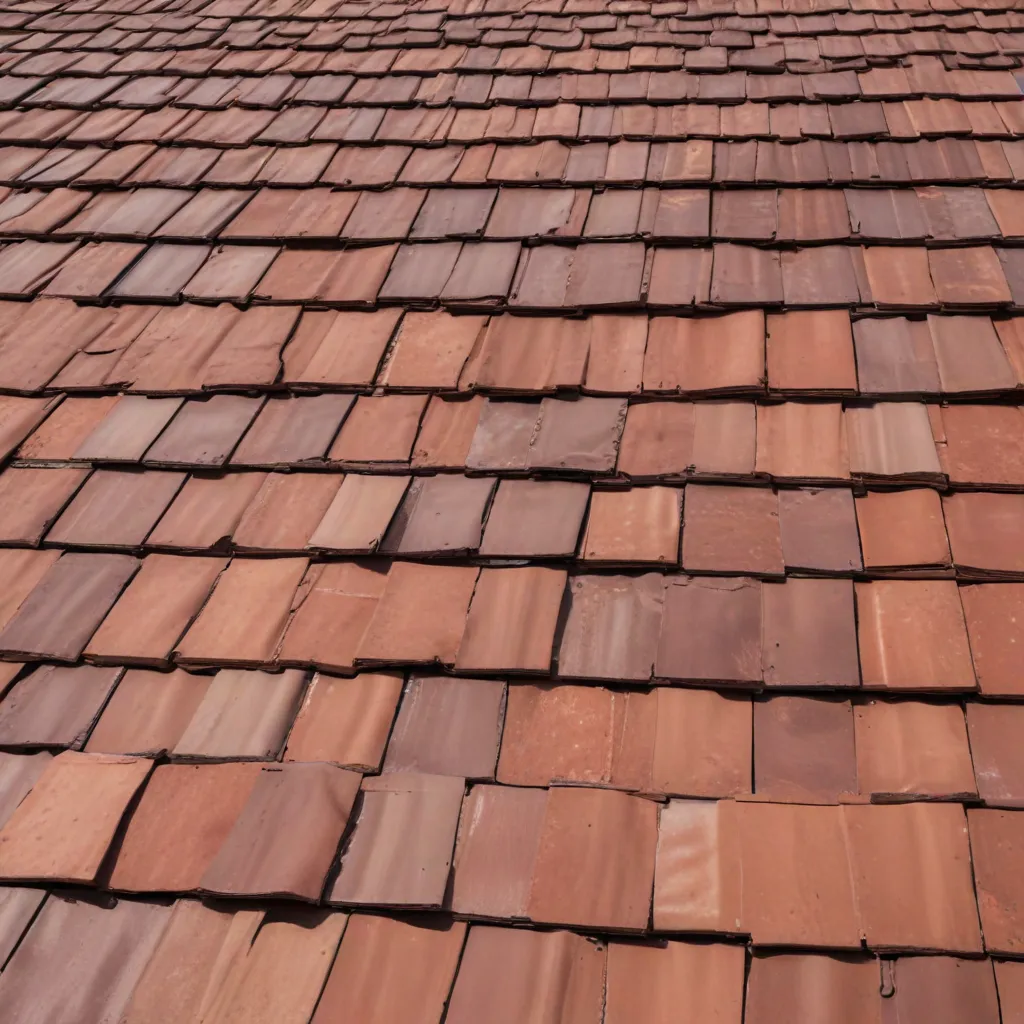When it comes to working at heights, safety should always be the top priority. Whether you are a professional roofer or a DIY enthusiast, understanding and implementing proper safety guidelines is crucial to prevent accidents and ensure a successful project. In this comprehensive guide, we will delve into the essential aspects of roof safety, providing you with practical tips and guidelines that will help you work confidently and securely at heights.
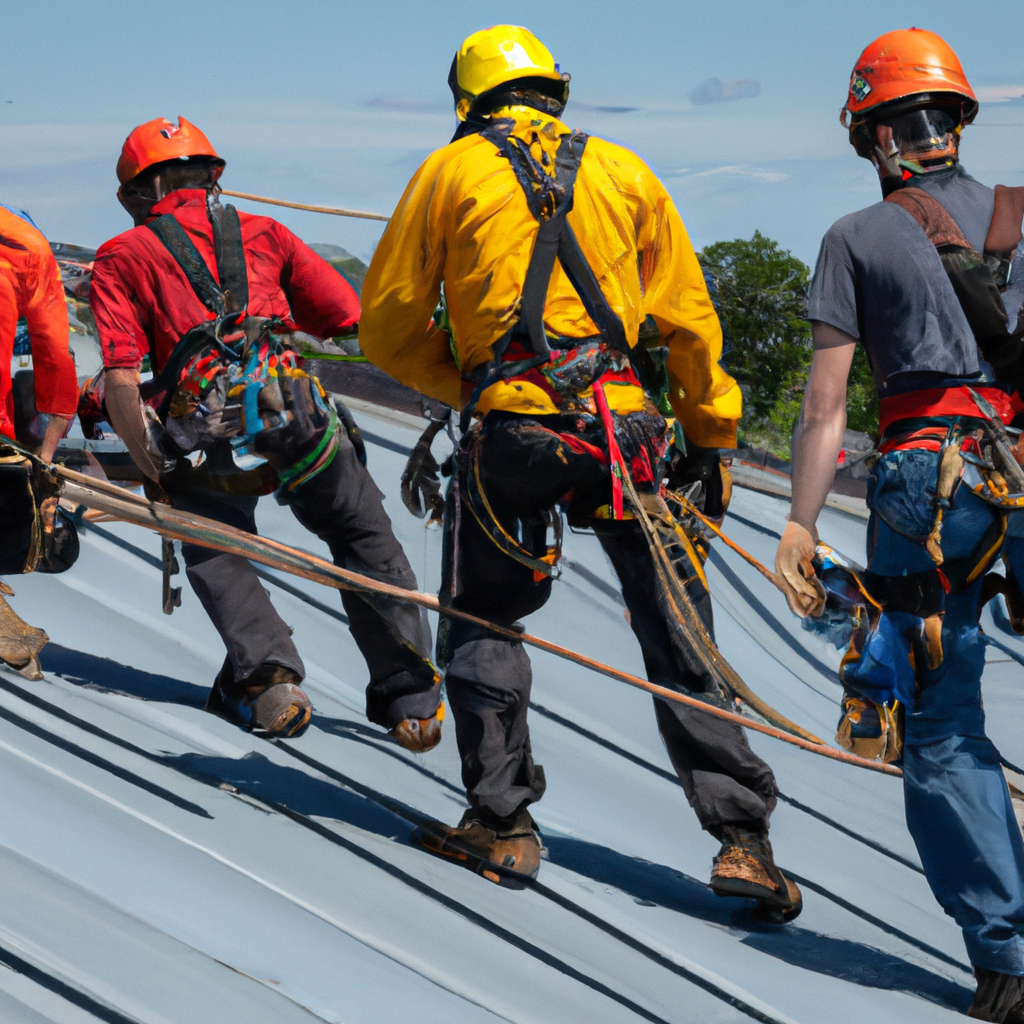
Understanding the Risks
Before we dive into the safety guidelines, it is important to acknowledge the inherent risks associated with working at heights. Falls from roofs can lead to serious injuries or even fatalities. Therefore, it is vital to be aware of the potential hazards and take appropriate precautions to mitigate them.
Some common risks include:
- Falls: The primary risk associated with working at heights is the possibility of falling. The higher the roof, the more severe the consequences of a fall can be.
- Unstable Surfaces: Roofs can be uneven, slippery, or unstable, making it difficult to maintain balance and stability while working.
- Weather Conditions: Adverse weather conditions, such as rain, strong winds, or snow, can increase the risk of accidents by making the roof surface slippery or unstable.
- Unsecured Tools and Equipment: Improperly secured tools and equipment can fall off the roof, posing a danger to both workers and anyone on the ground below.
Preparing for the Job
Before starting any roofing project, it is important to adequately prepare to ensure a safe working environment. Here are some crucial steps to consider:
1. Assess the Site and Identify Hazards
Begin by thoroughly inspecting the roof and its surroundings. Look for any potential hazards, such as power lines, fragile areas, or weak structures. Identifying these risks in advance will allow you to plan accordingly and take necessary precautions.
2. Use Proper Personal Protective Equipment (PPE)
Wearing the appropriate PPE is essential for protecting yourself while working at heights. Some essential PPE items include:
- Safety Harness: A safety harness, properly fitted and attached to a secure anchor point, can prevent falls by keeping you supported and attached to the roof.
- Hard Hat: Protect your head from falling objects or accidental bumps by wearing a sturdy hard hat.
- Non-Slip Footwear: Invest in non-slip boots or shoes with good traction to maintain stability on the roof surface.
- Eye and Ear Protection: Depending on the nature of the job, goggles, safety glasses, or earplugs may be necessary to protect your eyes and ears from debris or excessive noise.
3. Secure Tools and Equipment
Ensure that all tools and equipment are properly secured to prevent them from falling off the roof. Use lanyards, tool belts, or anchor points to keep everything within reach and minimize the risk of accidents.
4. Plan for Emergencies
Always have a plan in place to handle emergencies. This includes having a designated first aid kit readily available, knowing emergency contact numbers, and having a clear understanding of the nearest medical facilities in case of an accident.
Safe Working Practices
Now that you have prepared the site and equipped yourself with the necessary safety gear, it’s time to focus on safe working practices. Following these guidelines will significantly reduce the risk of accidents:
1. Maintain Proper Balance and Posture
Maintaining proper balance and posture while working at heights is crucial. Always keep your center of gravity low, distribute your weight evenly, and avoid leaning or overreaching. This will help you stay stable and minimize the risk of falls.
2. Use Fall Protection Systems
Utilize fall protection systems, such as guardrails, safety nets, or personal fall arrest systems (PFAS), to prevent falls. These systems act as a safety net in case of an accident, providing an extra layer of protection.
3. Take Regular Breaks
Working at heights can be physically demanding and mentally exhausting. Take regular breaks to rest and recharge. Fatigue can impair judgment and increase the risk of accidents, so it is important to prioritize your well-being throughout the project.
4. Communicate and Collaborate
If you are working as part of a team, effective communication is key. Establish clear communication channels and ensure everyone is aware of their roles and responsibilities. This will help maintain a safe and coordinated working environment.
5. Be Mindful of Weather Conditions
Keep a close eye on weather forecasts and avoid working on the roof during adverse weather conditions, such as heavy rain, strong winds, or snowstorms. Slippery surfaces and unpredictable gusts of wind can significantly increase the risk of accidents.
6. Regularly Inspect Equipment and Materials
Regularly inspect your equipment and materials for any signs of damage or wear. Faulty tools or compromised materials can pose a significant risk to your safety. Replace or repair any damaged items promptly.
Conclusion
Working at heights requires careful planning, thorough preparation, and adherence to safety guidelines. By understanding the risks, preparing the site, using proper safety gear, and following safe working practices, you can minimize the potential hazards and ensure a safe and successful roofing project. Remember, your safety should always be the top priority. Stay alert, be cautious, and take the necessary precautions to protect yourself and those around you. Happy and safe roofing!


